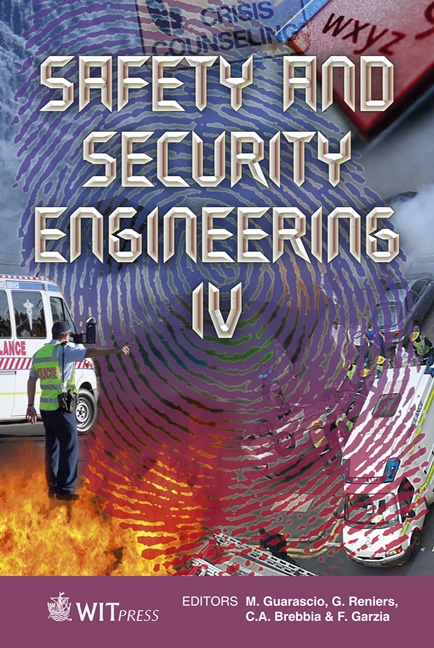High Temperatures In Parallel Or Perpendicular Wood Grain Direction: A Numerical And Experimental Study
Price
Free (open access)
Transaction
Volume
117
Pages
13
Page Range
171 - 183
Published
2011
Size
938 kb
Paper DOI
10.2495/SAFE110161
Copyright
WIT Press
Author(s)
E. M. M. Fonseca & L. M. S. Barreira
Abstract
The high vulnerability of wood due to accidental conditions requires a rigorous thermal and mechanical assessment. In this work, an experimental and numerical study will be presented to determine the char-layer evolution in pine wood crosssection, submitted at high temperatures due to an anaerobic process. A non-linear thermal and transient analysis will be conducted using the numerical program. A thermal unit and electro ceramic resistances will be used during the experimental program. The evolution of a char-layer by the orientation of different fibres will be determined. The experimental results obtained with several wood samples will be compared using a numerical program with a finite element formulation. Keywords: pine wood, grain direction, char-layer, high temperatures, experimental study, numerical study. 1 Introduction Wood is a natural material and is submitted to many constantly changing influences. Wood as a construction material presents many advantages due its high strength and stiffness to height ratios [1]. The main advantages of timber constructions, relative to the use of other materials, are: ease of construction and maintenance, pleasant appearance, renewable resource, lightweight. The combustion and the chemical phenomena, occurring in wood, during an accidental situation at high temperatures, is a complex study issue. When wood structures are exposed to high temperatures, the burned wood becomes a charlayer which loses all strength, but it delays the rise in temperature in the core of material. The speed at which charring depth advances in the material is called the
Keywords
pine wood, grain direction, char-layer, high temperatures, experimental study, numerical study





